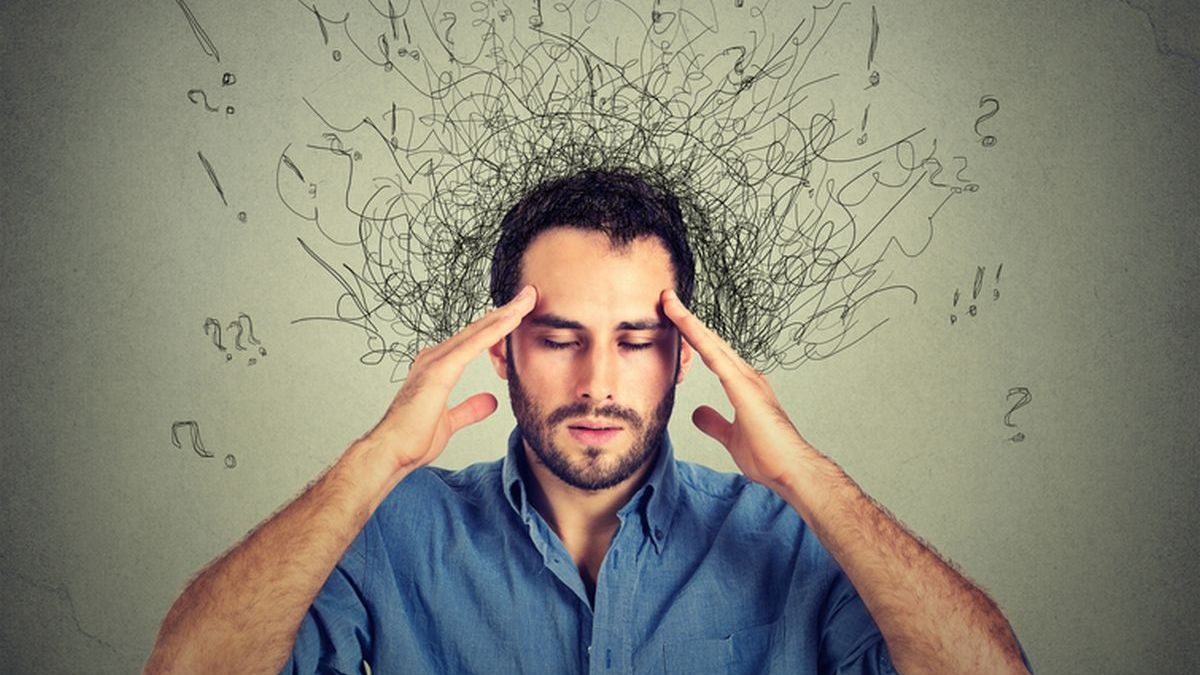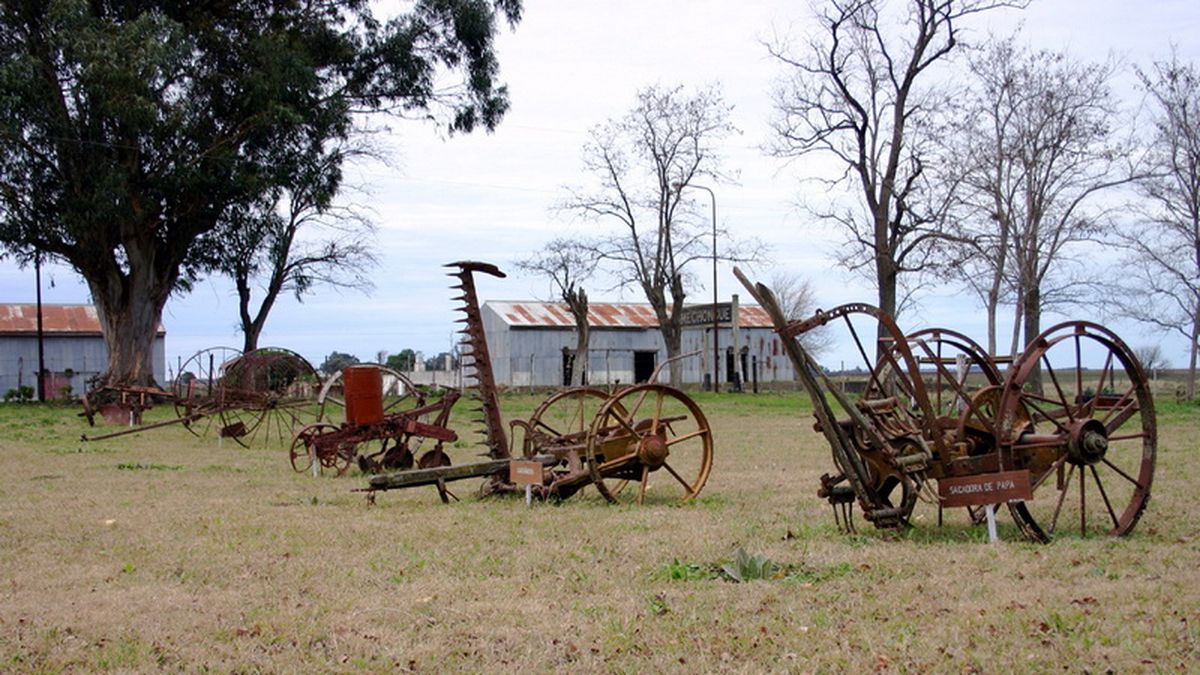Negotiations to revive the nuclear deal with Iran have been on hold for months. While Tehran asserts peaceful intentions, the International Atomic Energy Agency sounds the alarm.
For the first time in a year, the head of the International Atomic Energy Agency (IAEA) is traveling to Tehran for talks. Rafael Grossi’s visit is about, among other things, more intensive IAEA inspections of nuclear facilities in the face of increasing uranium enrichment and fears that the Iranians could build nuclear weapons. What’s behind the argument?
When did Iran’s nuclear program start?
Iran’s nuclear research dates back to the 1950s under the then monarchy. In 1970 the country ratified the Nuclear Non-Proliferation Treaty and committed itself to the purely civilian use of nuclear energy. Five years later, the construction of the first and to this day the only nuclear power plant began in the port city of Bushehr, which was also built with the help of German companies.
After the Islamic Revolution of 1979 and the break with the West, the political and clerical leadership in Tehran continued to restrict the access of international controllers. At the beginning of the new millennium there was the first major dispute about new nuclear plants – the IAEA was concerned. In 2011, the Atomic Energy Agency concluded that Iran had been conducting secret nuclear weapons research until around 2003. But the guns were not built.
What was the nuclear deal and what about its future?
In Vienna in 2015, Iran committed to restricting its nuclear program. In return, UN sanctions affecting the Iranian energy and banking sectors, among other things, were lifted. The pact was intended to prevent the country from developing nuclear weapons. After the United States withdrew from the agreement in 2018 under then-President Donald Trump, Tehran reversed the restrictions. Since May 2022, the negotiations have not made any significant progress.
The agreement concluded under then-President Hassan Rouhani had raised high hopes. Many Iranians celebrated the deal, and the economy boomed. Today, the negotiations to revive the pact are being criticized – also in view of the violent suppression of the protests against the repressive course of the government and the Islamic system of rule in Iran. Activists and other critics are calling for negotiations with the Islamic Republic to be halted.
What is Iran allowed to do and what is it not allowed to do?
According to the Vienna Agreement, a limited quantity of uranium with a low degree of purity of less than 4 percent may be produced for peaceful purposes, for example as reactor fuel. However, only one enrichment plant at the Natans nuclear facility may be operated with a limited number of centrifuges. In addition, Iran allowed close IAEA controls in the agreement. Since 2019, however, Iran has gradually violated the conditions and, among other things, produced 60 percent uranium in an underground plant in Fordow – around 90 percent is set as the threshold for a weapons-grade degree of purity. In addition, part of the IAEA surveillance equipment was dismantled.
How close is Iran to building a nuclear bomb?
According to IAEA chief Grossi, Iran has enough uranium for several nuclear weapons if current stocks were to be further enriched. Since enrichment proceeds along an exponentially increasing curve, 60 percent material can be brought up to 90 percent very quickly.
However, it was “a long and politically difficult road to the development of a nuclear weapon,” Grossi said in the EU Parliament in January. The US foreign intelligence service currently has no indication that Iran has decided to resume its military nuclear program, CIA chief William Burns said in late February. Should Tehran go down this route, it would take at least a year to complete a nuclear weapon, a senior European diplomat said this week. In any case, the IAEA is convinced that, despite limited inspections, it will be able to discover weapons-grade uranium within a short time and thus give the international community time to take countermeasures.
What are Iran and the IAEA arguing about?
One point of discussion is traces of 84 percent uranium that IAEA experts recently found in Fordo. The IAEA wants to clarify whether the particles are due to targeted accumulation. Iranian representatives speak of an unintentional outlier. In addition, the IAEA has called for more frequent inspections. Furthermore, the atomic energy authority in Vienna has been waiting for credible answers about secret nuclear activities that are said to have taken place in the past.
What role does Iran’s arch-enemy Israel play?
Israel is convinced that Iran is working on the development of nuclear weapons and sees itself endangered as a state because the leadership of the Islamic Republic denies Israel’s right to exist. Top Israeli politicians have repeatedly emphasized that under no circumstances will a nuclear armament be permitted in Tehran – which is why a preventive military strike cannot be ruled out. However, a possible attack on Iranian nuclear facilities is considered very risky, and the prospect of success is uncertain. Israel has repeatedly accused Iran of supporting terrorism because the leadership in Tehran supports anti-Israel groups such as the Lebanese Hezbollah militia and the militant Islamist Hamas, which rules in the Gaza Strip.
Source: Stern
I have been working in the news industry for over 6 years, first as a reporter and now as an editor. I have covered politics extensively, and my work has appeared in major newspapers and online news outlets around the world. In addition to my writing, I also contribute regularly to 24 Hours World.




